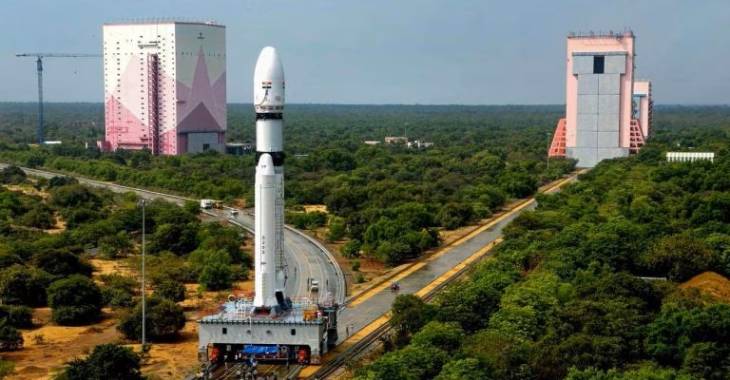In honour of the nation’s Independence Day, the Indian space agency will launch an earth observation satellite (EOS) into orbit using the Small Satellite Launch Vehicle (SSLV), a little rocket.
The third and last development flight of the SSLV is scheduled to take place on August 15, 2024, at 9:17 a.m. from the nation’s rocket port at Sriharikota, Andhra Pradesh, according to the Indian Space Research Organisation (ISRO).
Weighting roughly 175.5 kilogrammes, the microsatellite known as EOS-08 will be launched on the rocket.
We refer to the mission as SSLV-D3/EOS-08.
The intended mission, according to ISRO, will conclude the SSLV Development Project and allow operational missions by the public sector NewSpace India Ltd. and Indian business.
According to ISRO, the main goals of the EOS-08 mission are to design and create a microsatellite, build payload sensors that work with the microsatellite bus, and incorporate new technologies that will be needed for operational satellites in the future.
EOS-08, which is based on the Microsat/IMS-1 bus, is carrying three payloads: the SiC UV Dosimeter, the Global Navigation Satellite System-Reflectometry payload (GNSS-R), and the Electro Optical Infrared Payload (EOIR).
For uses like satellite-based surveillance, disaster monitoring, environmental monitoring, fire detection, volcanic activity observation, and industrial and power plant disaster monitoring, the EOIR payload is made to take pictures in the Mid-Wave IR (MIR) and Long-Wave IR (LWIR) bands both during the day and at night.
The GNSS-R payload showcases the potential applications of GNSS-R-based remote sensing, including analysis of ocean surface winds, evaluation of soil moisture, cryosphere research across the Himalayan region, flood detection, and detection of inland waterbodies.
According to ISRO, the SiC UV Dosimeter acts as a high-dose alert sensor for gamma radiation and tracks UV irradiance at the Crew Module’s viewport during the Gaganyaan Mission.
The Communication, Baseband, Storage, and Positioning (CBSP) Package, an Integrated Avionics system that integrates several tasks into a single, effective unit, is one example of the important advancements in satellite mainframe systems that EOS-08 represents.
The satellite’s Antenna Pointing Mechanisms, according to ISRO, use a miniature design that can rotate at a speed of six degrees per second and point with an accuracy of one degree.
Read More
Due to economic expansion, India’s lifestyle market is expected to reach $210 billion by 2028
Paris Olympics: Making history, Vinesh Phogat defeats Cuban in the semifinals with decisive ease


